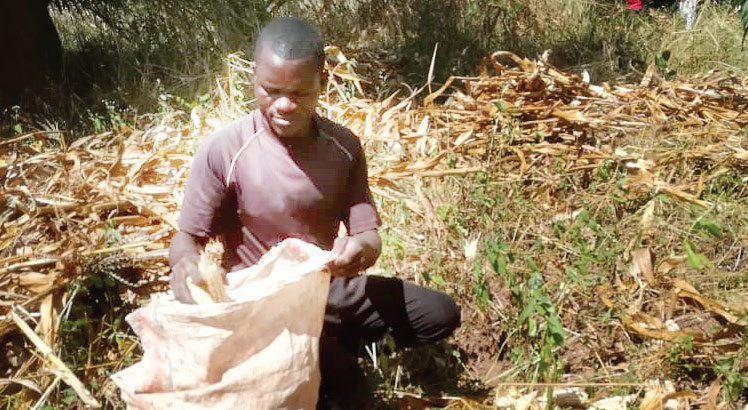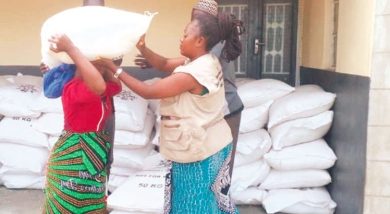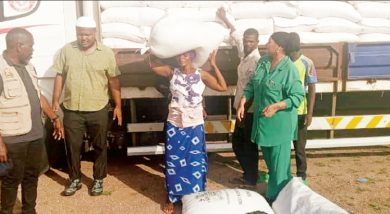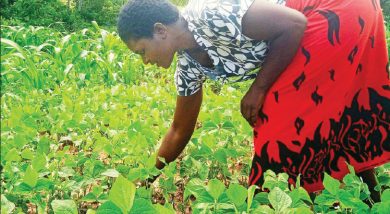Hunger hits again
The Malawi Vulnerability Assessment Committee (Mvac) says the number of people requiring relief food has dropped by 43 percent from 2.6 million last year to 1.5 million.
Estimates from the Ministry of Economic Planning and Development; and Public Sector Reforms indicate that the vulnerable population will need 35 296 metric tonnes of maize valued at K7.94 billion.
The ministry, through Mvac, undertook the assessment which was completed on August 13 2021. The exercise was meant to assess the level of vulnerability to food insecurity in the country and determine the number of people likely to be food insecure during the 2021/22 consumption year.

In a statement signed by the Principal Secretary Winford Masanjala, the ministry said 1 252 277 of the affected population is from rural areas, 186 254 from cities while 57 915 are from district centres.
Reads the statement: “The rural vulnerable population has decreased by 38 percent in the prevailing consumption year, from 2 032 106 to 1 252 277 people while the urban vulnerable population has decreased by 69 percent from 610 429 to 186 254 people. The affected population is in all districts of the country.”
Mvac—which comprises government ministries, departments and agencies as well as international non-governmental organisations (INGOs) and United Nations (UN) agencies—assesses levels of access to food by the population to determine the severity of food and nutrition insecurity. It also determines food and non-food needs of the affected population, among others.
Masanjala said the vulnerable population in rural areas will require food assistance for two to three months while those in district centres and cities will require food assistance for two months.
The decrease in the affected population has been attributed to increased agriculture production as a result of good rainfall increased access to fertiliser and improved seeds amid dry spells, crop diseases as well as Fall Army Worm infestation in some districts.
In a telephone interview yesterday, Masanjala said two different stages are crucial before provision of humanitarian assistance.
He said: “As a ministry, we do estimation of vulnerable households. Dodma [Department of Disaster Management Affairs] then, given the number that we give them, now do the national response.
“In the budget, there is I think K12 billion that was given to Admarc, but we do not know how much money Dodma has in their budget for food response.”
When presenting the 2021/22 National Budget, Minister of Finance Felix Mlusu reported that K12 billion was allocated for maize purchases by the National Food Reserve Agency (NFRA) and Agricultural Development and Marketing Corporation (Admarc) to restock the Strategic Grain Reserves.
In a written response to our questionnaire, Dodma spokesperson Chipiliro Khamula yesterday said: “Following the release of the report, the department will, in collaboration with our humanitarian partners, develop the National Lean Season Food Insecurity Response Plan (LS-Firp) to mobilise resources and effectively coordinate the provision of humanitarian assistance to food insecure households.”
The Mvac report enables Dodma and all its stakeholders to draw out the LS-Firp, which is usually implemented between October and March.
Ministry of Agriculture spokesperson Gracian Lungu yesterday said it was pleasing that the number of food insecure people had reduced, stressing that it is government’s wish to eliminate the number of food insecure Malawians. Maize production has been estimated at 4 581 524 metric tonnes (MT) in the 2020/21 agriculture season compared to 3 785 712 MT in the 2019/20 agriculture season, representing an increase of 21 percent.






One Comment